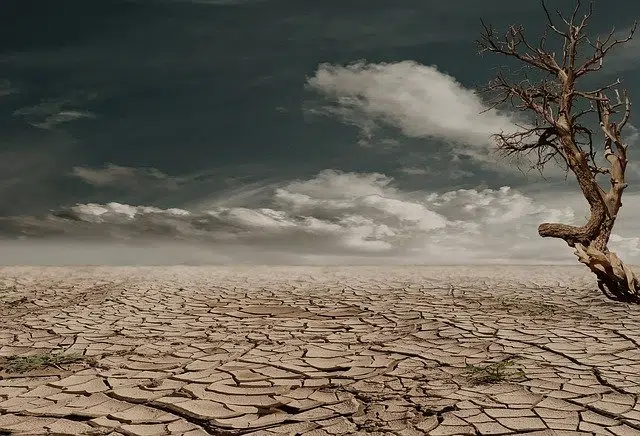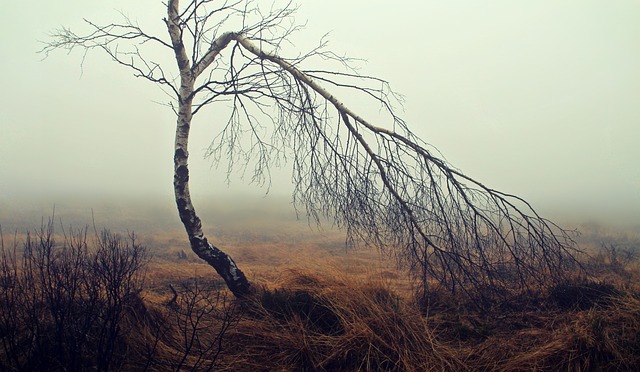
A wasteland is an arid place that offers no protection or shelter.
Páramo is a term that derives from the Latin word paramus and that generally refers to a flat, infertile and desert surface , which is usually located several meters above sea level. By extension, the notion is also used to name places that do not provide shelter or protection .
In a moor, in the strictly geographical sense of the concept, you can see bushes and a scarce presence of water courses. Strong gusts of wind are common, as are temperature differences between day and night. For example: “We reached the summit and, an hour later, we began the descent towards a moor where we set up camp,” “To get to the next town, you will have to cross an extensive moorland,” “Only five or six families live there .” scattered in this wasteland."
Types of wasteland
According to its temperature and height, it is possible to distinguish between three types of moor:
* sub-paramo : it is abundant in low trees and shrubs and is located above the montane forest. Its average temperature is 10° Celsius;
* paramo : with an average temperature of 5° Celsius, it has mainly frailejonal-pajonal vegetation (in which herbaceous plants such as Calamagrostis effusa and various species of Espeletia predominate, characterized by their thick trunks and their succulent, hairy leaves), with peat bogs (acidic wetlands with a large accumulation of organic matter) and grasslands;
* superpáramo : it is characterized by its frailejones, grasslands, mosses, lichens and small shrubs, as well as its numerous lagoons with reeds. This type of wasteland can be considered an alpine tundra .

The moors are not very fertile.
Some examples
The paramo can be found in any mountainous area of tropical latitudes; Some of the most important are the following:
* East African badlands : this is an ecological region (also called ecoregion , it is an area of relative extension that is characterized by its climate, ecology, hydrology, by its soils and by its flora and fauna) that is part of the list Global 200 , which identifies priority regions for conservation work by the World Wildlife Fund ( WWF );
* Andean paramos : they are mountain ecosystems belonging to the Amazon Domain. They are found discontinuously in the Neotropics and their altitudes range from approximately 3000 to 4300 meters above sea level, reaching the perpetual snow line. Its extension has its extremes in Colombia and northern Peru, with a presence in Panama, Costa Rica and Venezuela;
* Ethiopian montane wasteland : this is an ecological region located in the Afrotropical ecozone (one of the eight in the world; it covers Madagascar, the islands of the western Indian Ocean, sub-Saharan Africa and reaches the south of the Arabian Peninsula). It is one of the components of the Ethiopian massif, along with the high forest and the montane grassland, which make up the largest mountainous region on the African continent.
Páramo as surname and place names
Páramo is also a fairly common surname in our language . A Colombian linguist and philologist ( Jorge Páramo ) and a Mexican journalist ( David Páramo ), among others, share this surname.
“Pedro Páramo” , on the other hand, is the title of a famous book (and the name of a character in the novel) by Juan Rulfo , which is considered one of the great works of Latin American literature.
Finally, various geographical places are called Páramo . In this sense, it can be said that Páramo is a town in the Colombian department of Santander where about 4,000 people live and that it is also a Galician town located in the province of Lugo.
In the field of fiction , The Páramo is a territory imagined by JRR Tolkien in “The Lord of the Rings” .
